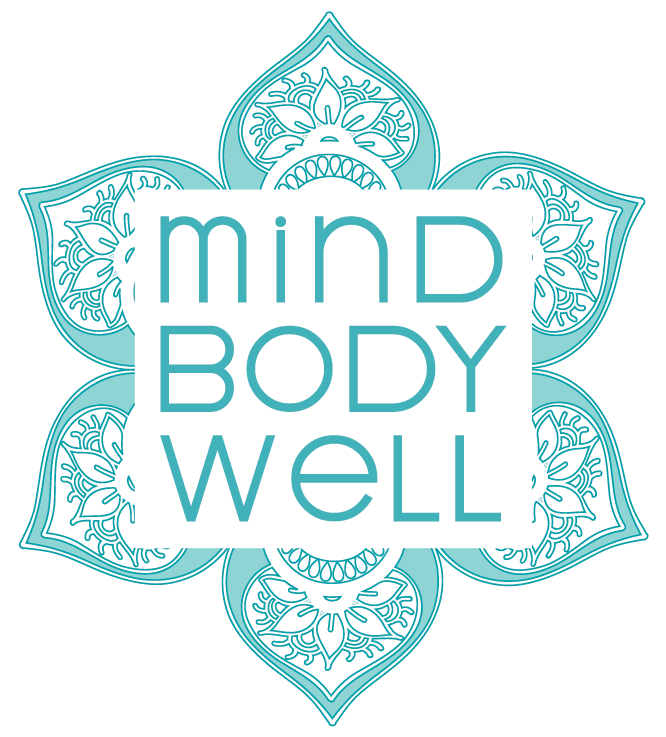Is it just me noticing this, or is everyone actually talking about Mindfulness?
I bought a new car recently, and the sales person informed me “you need to be mindful of fuel economy when you drive long distances”. I heard Jamie Oliver on TV last night recommending we “be mindful not to add too much salt”. And my nail technician a couple of weeks ago when I was getting a manicure (yes, I know, groan), asked me to be mindful not to hit my wet nails against the inside of the nail dryer.
Mindfulness is everywhere! So what is it? Well firstly, mindfulness is not something new.
“Created by an English Pali scholar, the term mindfulness appeared in the English language in 1881. Mindfulness was translated from the Pali word sati, which literally means memory. Sati is the act of remembering the present; keeping the present in mind.” (Huxter, 2012).
So mindfulness then is about knowing what we’re doing, thinking and feeling, right at the very moment when we’re doing, thinking or feeling it. It’s a kind of ‘turning the lights on’ form of awareness which focuses our attention on the present moment, as opposed to the type of thinking which is focused on ‘other’ – other people, other times, other places, other experiences.
And here’s a really important thing about mindfulness – it seems some people are naturally born with it, but the overwhelming majority of us need to develop and practice it, consciously training the muscles of mindfulness through contemplative practices like meditation.
Contrary to popular opinion many people find it very difficult to simply become more mindful. A client recently informed me he’d been repeatedly told (by Doctors, previous therapists, friends) that he needed to be more mindful. The problem, he said to me, is “I’ve tried meditation a few times, but I’m just not very good at it”.
This opened up a great conversation about how the skill of awareness that we call mindfulness can be developed. But it is a skill. If I were to move to Italy (dreaming… oops, back to being mindful) and expect myself to suddenly be able to speak Italian, we’d all agree that would be a pretty unrealistic expectation. Meditation practices are meant to be practiced. We cant simply reap the benefits of being mindful, unless we train the mind through practices like meditation.
Mindfulness meditation is effectively a process of showing up and being present. Regular meditation practice offers us the opportunity to hone the act of remembering, as we sit in meditation and use our own preferred methods for bringing our attention fully into the present moment.
There are hundreds of ways to meditate. All around the country there are meditation schools, yoga centres, and individual therapists ready to teach you how to meditate. There are books, CD’s, apps, and a multitude of practices you can download from the internet which can be used to assist in the practice of meditation.
And the biggest secret of all, the key to all of these practices is precisely that… practice. So go ahead, make a date with yourself… show up, be present, and listen.
Reference:
Malcolm Huxter (2012) ‘Buddhist mindfulness practices in contemporary psychology: A paradox of incompatibility and harmony’. Psychotherapy in Australia, 18(2). P26-31.
